Moscow, a city continually reinventing itself, bears the indelible imprint of its Soviet past. The decades from 1917 to 1991 witnessed radical transformations, driven by communist ideology and ambitious architectural visions. This period fundamentally reshaped Moscow’s urban fabric. It replaced old imperial grandeur with new expressions of socialist power and collective aspiration. Therefore, understanding Soviet-Era Moscow is crucial for deciphering the city’s unique identity. Its buildings are not merely structures; they are powerful manifestos in stone, steel, and concrete, each reflecting a specific chapter in the Soviet experiment.
The Dawn of a New Era: Constructivism (1920s-Early 1930s)
The immediate aftermath of the 1917 Revolution saw a revolutionary fervor extend into architecture. This period was dominated by Constructivism. It was a radical artistic and architectural philosophy that rejected traditional forms. Constructivists championed functionality, rationality, and new industrial materials like concrete, steel, and glass. They sought to create buildings that symbolized the dynamism and collective spirit of the new socialist society.
Architects like Konstantin Melnikov, Moisei Ginzburg, and Vladimir Shukhov designed groundbreaking structures. The Shukhov Tower, an elegant hyperboloid steel lattice tower, remains an iconic symbol of this era’s engineering prowess. Similarly, the Narkomfin Building, a communal dwelling, explored new forms of socialist living. The Bakhmetevsky Bus Garage, with its innovative curvilinear design, demonstrated radical functionalism. These structures, while often austere, embodied a utopian vision for the future. They represented a dramatic break from the past. This initial phase of Communist architecture Moscow embraced was truly revolutionary.
Stalinist Grandeur: The Empire Style (1930s-1950s)
The avant-garde experimentation of Constructivism gave way to a dramatically different aesthetic under Joseph Stalin. From the mid-1930s, Soviet architecture shifted towards monumentalism and a grandiose style known as Socialist Realism or Stalinist Empire style. This architectural shift reflected a change in state ideology. It emphasized power, stability, and the triumph of the Soviet system.
Buildings of this era featured neoclassical elements, soaring heights, and lavish decoration, often incorporating Soviet symbols like stars, hammers and sickles, and heroic worker figures. Stalin’s Seven Sisters, a group of seven towering skyscrapers built between 1947 and 1953, epitomize this period. These “Vysotki” (high-rises) were designed to symbolize Moscow as the capital of a victorious socialist empire. Each structure, whether a university, ministry, or hotel, commanded the skyline. Their imposing presence still defines much of central Moscow.
Furthermore, the Moscow Metro became an underground palace for the people. Each station was conceived as a unique work of art. They featured marble, mosaics, sculptures, and chandeliers. These elaborate designs glorified the achievements of the Soviet Union. They also provided a daily dose of monumental art for ordinary citizens. The All-Union Agricultural Exhibition (VDNH), later the Exhibition of Achievements of National Economy, similarly showcased Soviet progress in various fields. Its pavilions, each an architectural marvel, served as propaganda. Even the GUM department store on Red Square underwent extensive renovation. It became a grand shopping arcade, symbolizing Soviet consumer might.
The Khrushchev Thaw: Functionalism and Mass Housing (Late 1950s-Early 1960s)
Following Stalin’s death, Nikita Khrushchev initiated a period of de-Stalinization. This had a profound impact on architecture. The focus shifted abruptly from grandeur to practicality, speed, and efficiency. The primary goal became solving the severe housing shortage that plagued Soviet cities. This led to the widespread construction of “Khrushchevka” residential blocks.
These standardized, prefabricated five-story buildings were designed for rapid assembly. They were relatively simple and lacked the ornamentation of the Stalinist era. While often criticized for their monotonous appearance and small apartments, Khrushchevkas provided millions of Soviet citizens with their first individual living spaces. This represented a significant improvement over communal apartments. Therefore, this period marked a crucial pivot in Soviet urban planning Moscow experienced. It prioritized mass production over individual architectural expression.
Brezhnev Era: Late Soviet Modernism and Brutalism (1960s-1980s)
The architectural trends of the Khrushchev era continued and evolved during the Brezhnev period. This phase saw a further embrace of functionalism and a move towards large-scale, often brutalist concrete structures. Residential complexes grew even larger. They often utilized prefabricated concrete panels. While some buildings from this era had distinct architectural features, many were characterized by a sense of utilitarianism and a lack of aesthetic ambition.
Notable examples include vast housing estates on the city’s outskirts and certain administrative buildings. This period also saw the construction of the Olympic venues for the 1980 Moscow Olympics. These structures often combined functionality with imposing scale. They continued the Soviet tradition of using architecture to project an image of strength and capability.
Urban Planning and Symbolic Spaces
Beyond individual buildings, Soviet-Era Moscow was shaped by ambitious urban planning initiatives. The 1935 General Plan of Moscow envisioned wide avenues, grand squares, and a radial-concentric layout. This aimed to create a rational and monumental capital. This plan guided much of the city’s development for decades.
Red Square, while ancient, gained new symbolic significance in the Soviet era. Lenin’s Mausoleum, a stark, monumental edifice, became the focal point of Soviet ritual and pilgrimage. Parades and demonstrations regularly took place here, showcasing Soviet military might and ideological unity. Parks and public spaces were also meticulously planned. They were designed not just for recreation but also for collective ideological display. They reflected the Soviet ideal of organized leisure and communal life.
Living in Soviet Moscow: Social Impact of Architecture
Soviet architecture profoundly shaped everyday life. Early on, communal apartments (kommunalki) were a common feature, fostering a unique form of collective living. While later gradually replaced by individual apartments in Khrushchevka blocks, the idea of shared spaces and collective responsibility permeated society. The standardized housing aimed to create a more egalitarian urban environment. However, it sometimes came at the cost of individuality and comfort.
Nevertheless, architecture was a tool of social engineering. It aimed to instill Soviet values and create a new type of Soviet citizen. The grand public spaces and impressive buildings were designed to inspire pride in Soviet achievements. They intended to create a sense of belonging to a powerful collective.
The Legacy and Transformation of Soviet Architecture Today
With the collapse of the USSR, the architectural legacy of Soviet-Era Moscow faced a complex future. Some Soviet structures, particularly those from the later periods, were seen as unsightly and were either demolished or fell into disrepair. However, a growing appreciation for Constructivist masterpieces and Stalinist Empire style structures has emerged. Many iconic buildings have been carefully preserved and restored.
Today, these buildings stand as powerful reminders of a transformative period. They are repurposed for modern functions, housing businesses, museums, or residential complexes. They integrate into the city’s contemporary landscape. The very presence of these structures provides a rich Moscow historical context. They offer a unique window into the ideologies, aspirations, and challenges of the Soviet past.
In conclusion, Soviet-Era Moscow is a city etched in the grandeur and ambition of its communist architecture. From the revolutionary spirit of Constructivism to the monumentalism of Stalinist Empire style and the pragmatism of later Soviet modernism, each architectural phase tells a distinct story. These buildings are more than just concrete and steel; they are the physical manifestation of a powerful ideology. They offer an enduring glimpse into the unique urban fabric and historical context of the Soviet capital.

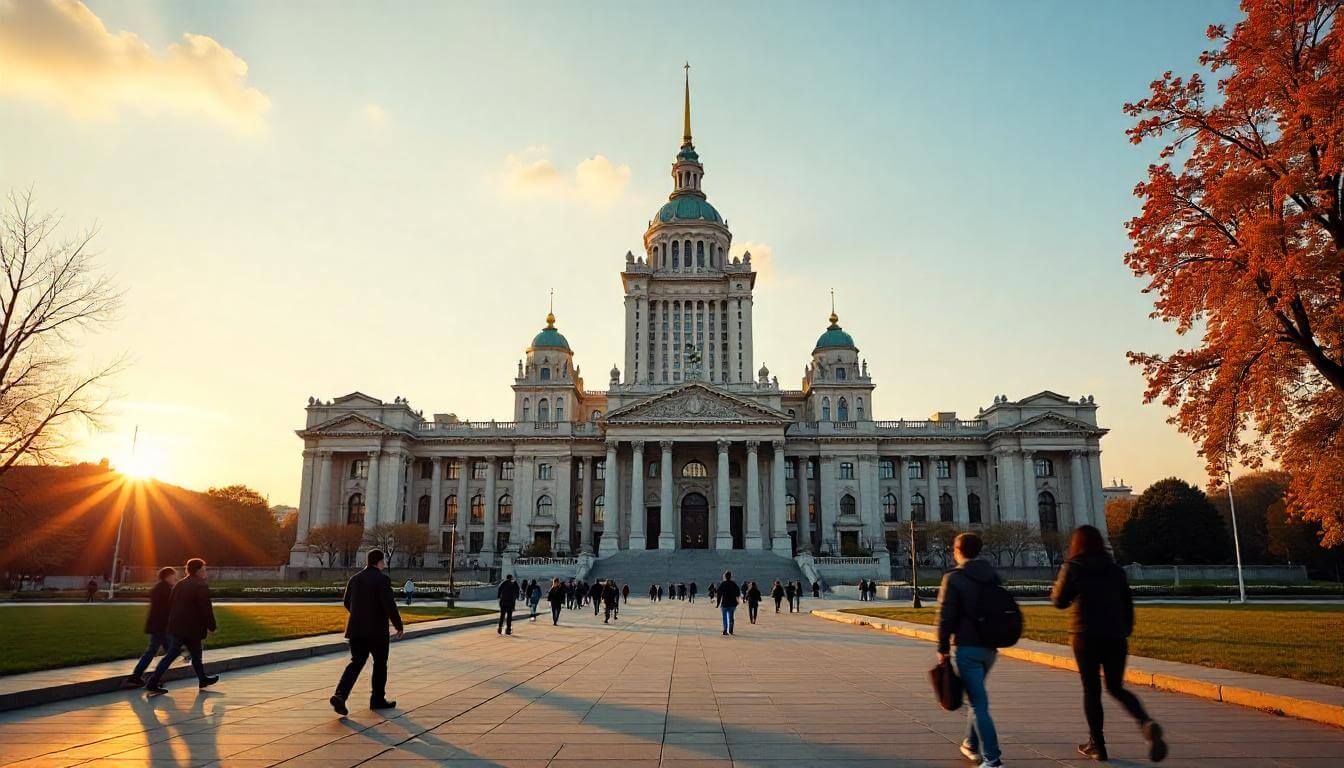 Soviet-Era Moscow: Communist Architecture and Historical Context">
Soviet-Era Moscow: Communist Architecture and Historical Context">

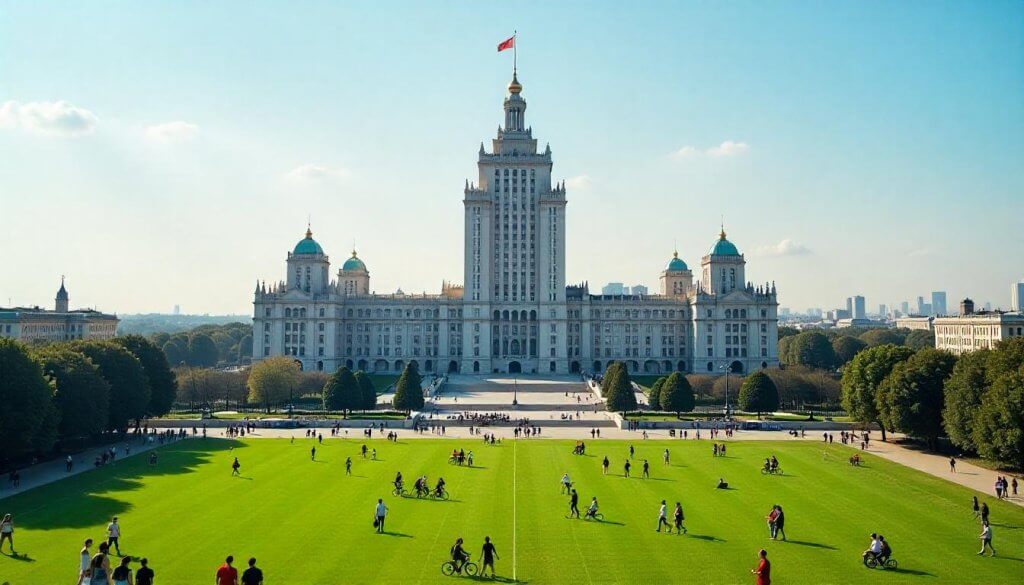 Moscow’s University District: Academic Tourism and Campus Tours">
Moscow’s University District: Academic Tourism and Campus Tours">
 Fashion Forward Moscow: Designer Districts and Style Hotspots">
Fashion Forward Moscow: Designer Districts and Style Hotspots">
 Moscow’s Startup Ecosystem: Tech Hubs and Innovation Centers">
Moscow’s Startup Ecosystem: Tech Hubs and Innovation Centers">
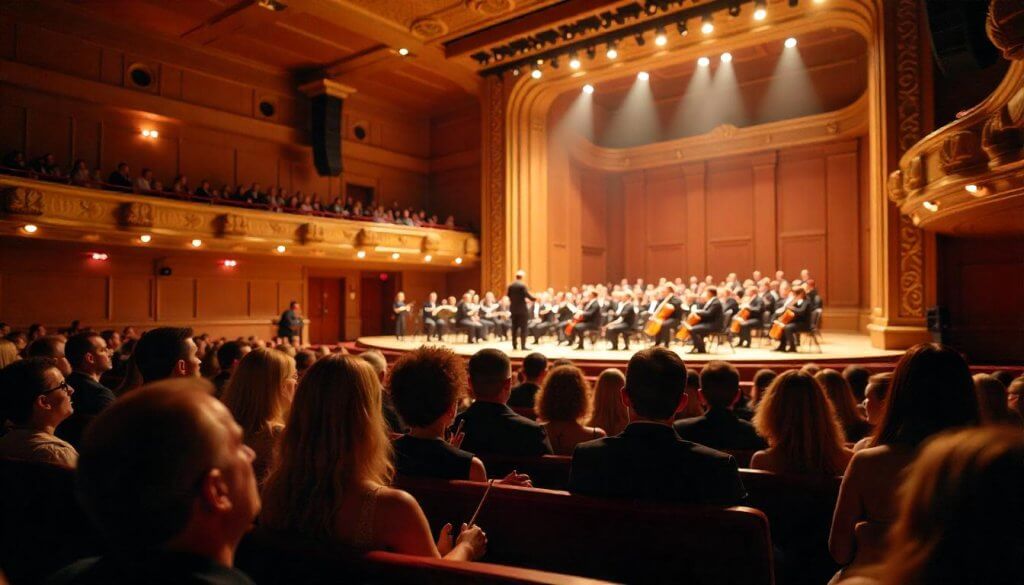 Moscow’s Music Scene: Concert Halls, Recording Studios, and Sound Tours">
Moscow’s Music Scene: Concert Halls, Recording Studios, and Sound Tours">
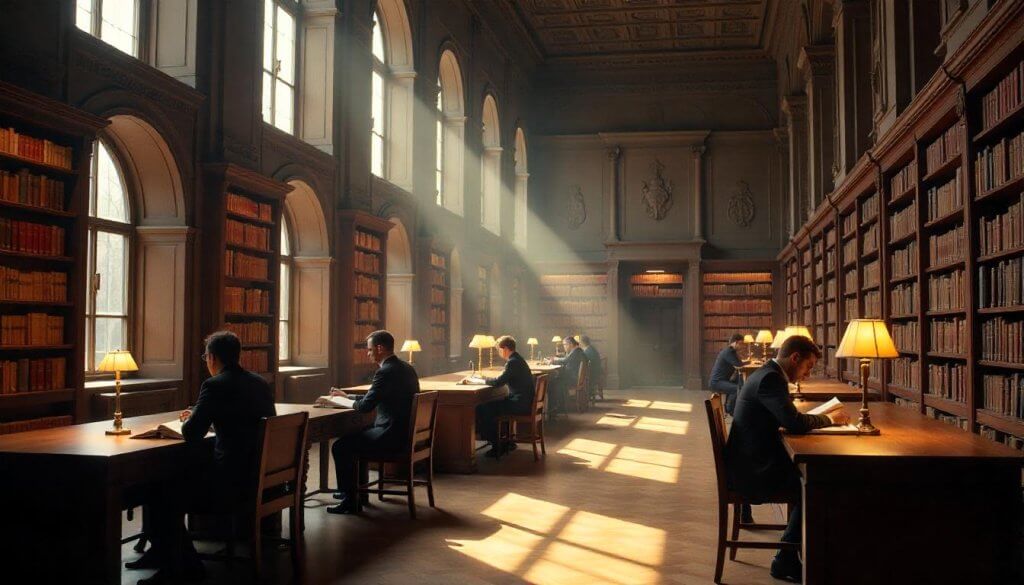 Moscow for Book Lovers: Libraries, Literary Sites, and Reading Spots">
Moscow for Book Lovers: Libraries, Literary Sites, and Reading Spots">
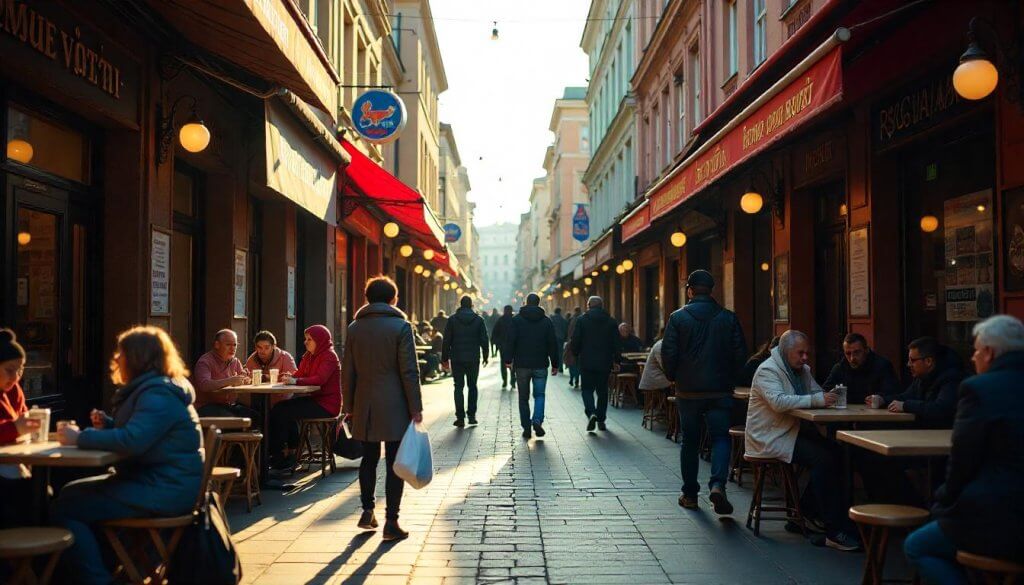 Moscow’s Immigrant Communities: Multicultural Neighborhoods and Cuisine">
Moscow’s Immigrant Communities: Multicultural Neighborhoods and Cuisine">
 Moscow for Photographers: Professional Workshops and Portfolio Building">
Moscow for Photographers: Professional Workshops and Portfolio Building">
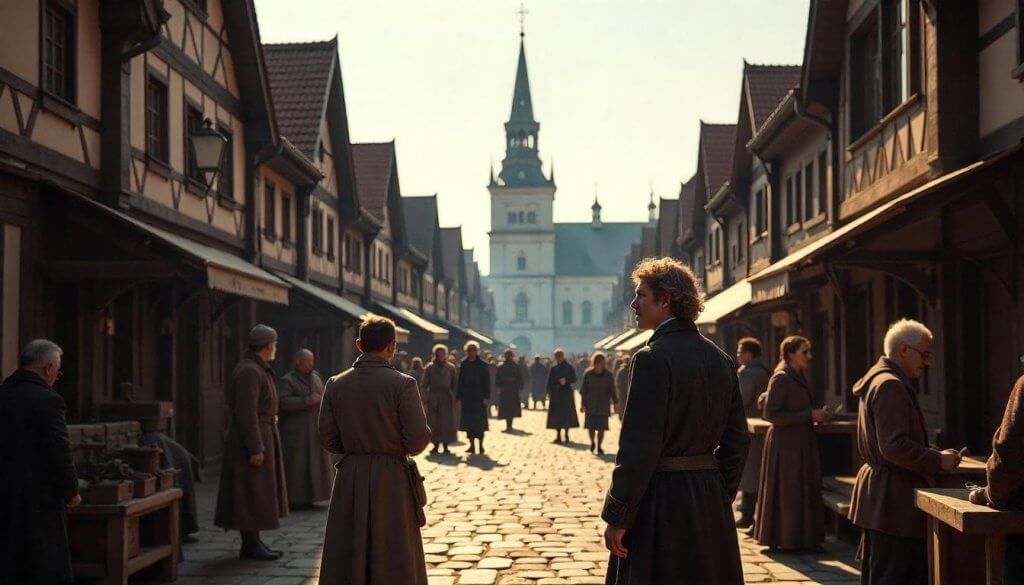 Moscow’s German Quarter: European Influence in Russian History">
Moscow’s German Quarter: European Influence in Russian History">
 Moscow’s Tatar Legacy: Islamic Culture in the Orthodox Capital">
Moscow’s Tatar Legacy: Islamic Culture in the Orthodox Capital">
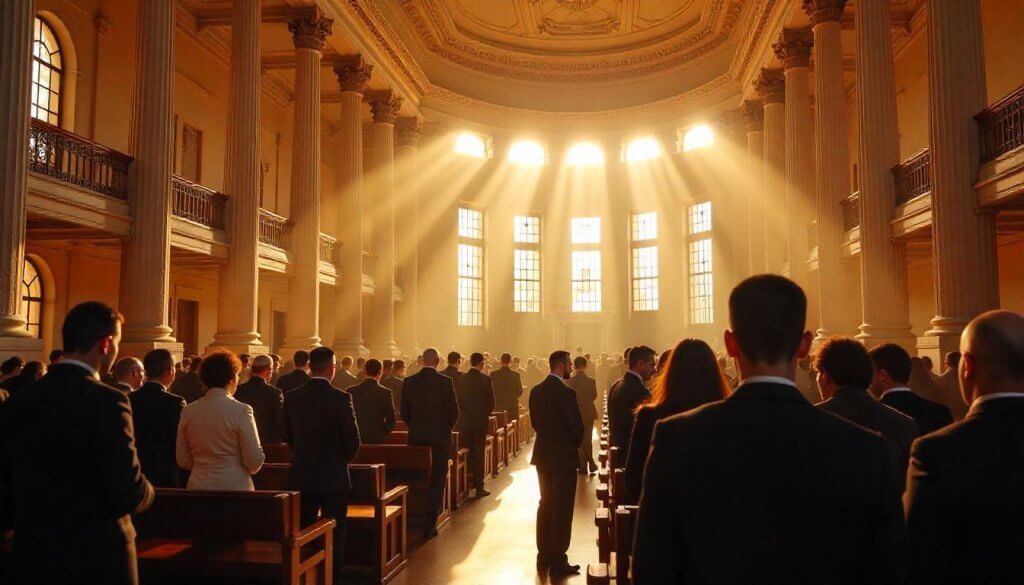 Moscow’s Jewish Heritage: Synagogues, Museums, and Cultural Centers">
Moscow’s Jewish Heritage: Synagogues, Museums, and Cultural Centers">